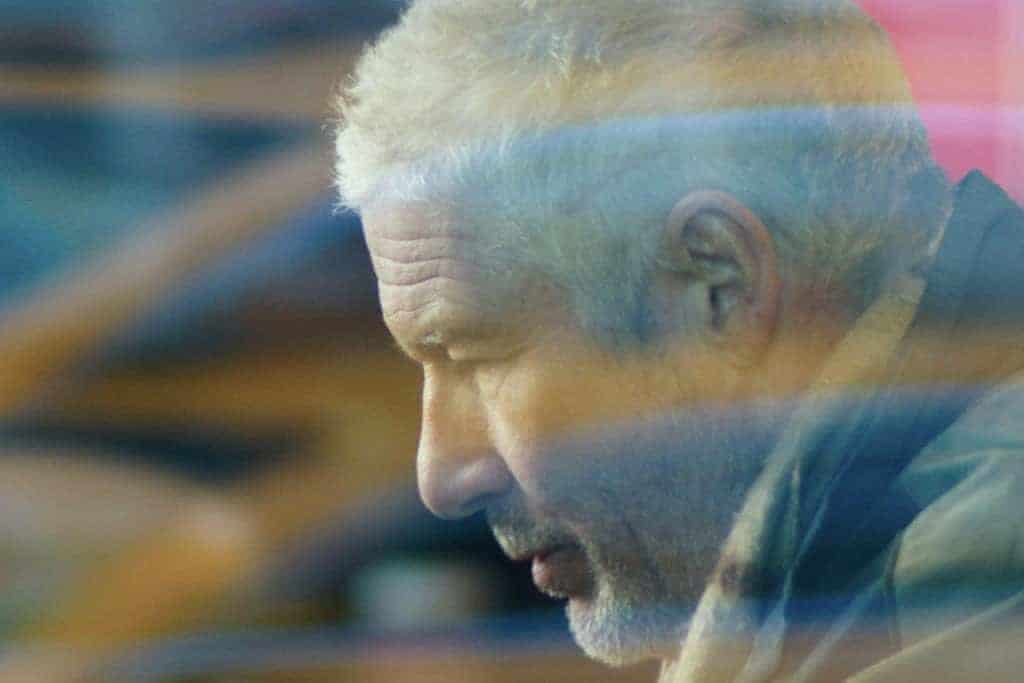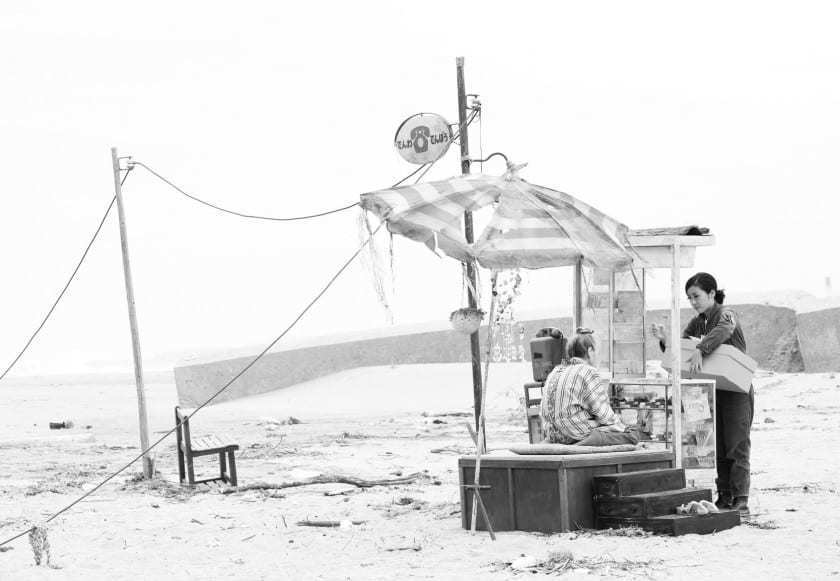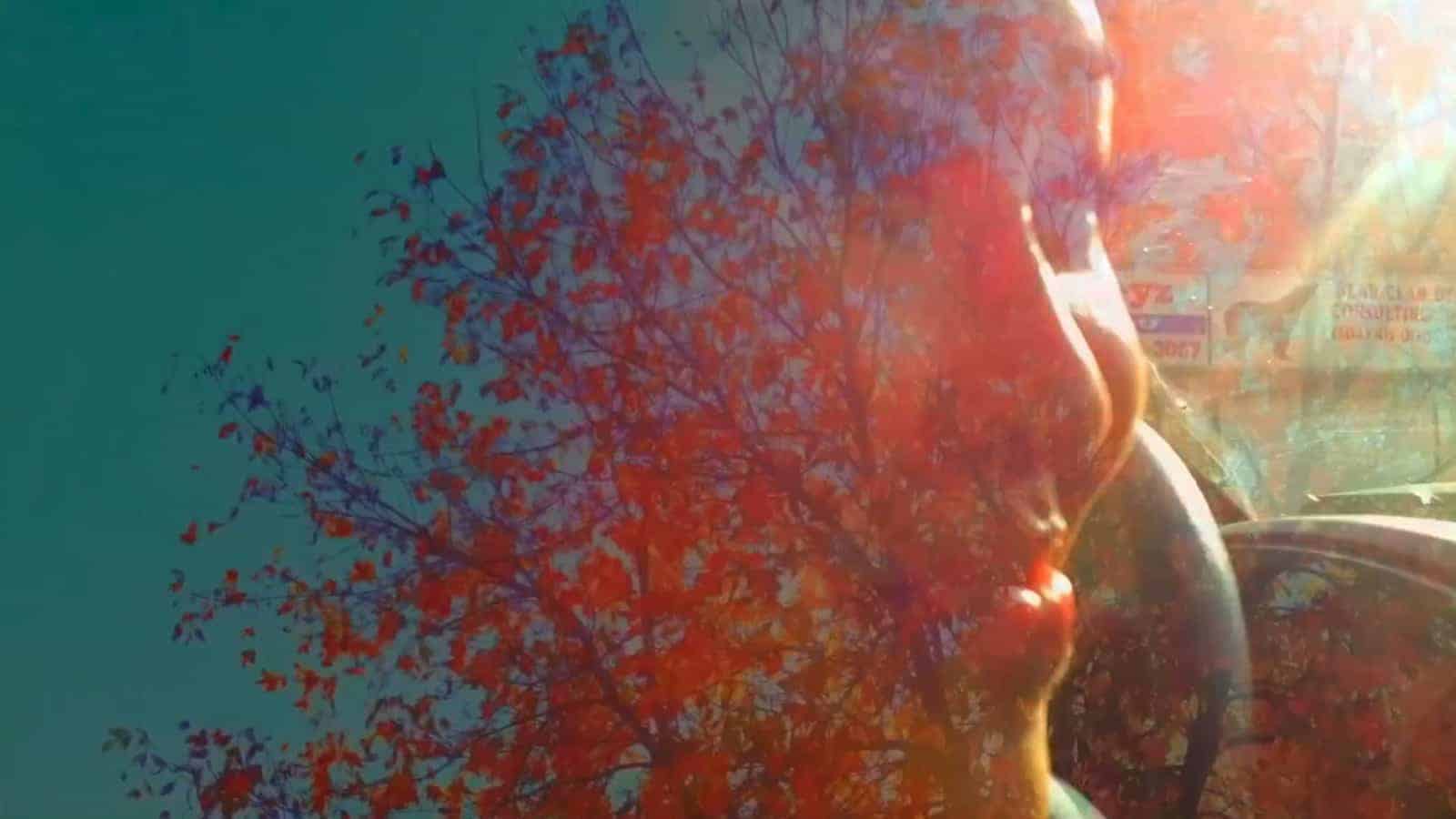Oren Moverman discusses Time Out of Mind‘s sound design, sound mix, and some of the technical challenges faced in achieving the film’s aesthetic.

Writer-director Oren Moverman’s films, from The Messenger to Rampart, have always been concerned with class issues and marginalized groups. His new film, Time Out Of Mind, which premiered at last year’s Toronto International Film Festival, takes a look at the life of a homeless man, George (Richard Gere), in New York City. He’s a screw-up, yes, but there’s real tragedy here, and he finds himself in a Kafka-esque system designed to prevent him from getting his act together.
Throughout the film, Moverman keeps us inside George’s head. When he’s disoriented and drunk, the film’s soundscape mimics what George hears, becoming very subjective. By virtue of being in New York City, he’s constantly assaulted by the sounds of the streets, by other people’s conversations, and Moverman has meticulously crafted the film’s sound mix to reflect this. To remind us that George is always on the other side of the glass, always being kept out of what we’d consider normal existence, much of the film is shot through windows and glass, which posed some challenges in location scouting.
When the film screened at the San Francisco International Film Festival in May, I sat down with Moverman to discuss the film’s sound design, sound mix, and some of the technical challenges faced in achieving the film’s aesthetic.
The Seventh Row (7R): Especially in the first half or so, there’s a lot of background dialogue and sounds that are really prominent in the sound mix. What was your process for deciding what those sounds would be and for putting them together?
Oren Moverman (OM): A lot of it was already discussed in the script stage, actually. Because it’s a movie shot in New York City, it’s a place where if you actually stop and listen to everything that’s going on around you, you can go quite mad.There’s so many layers of sound. There’s so much clutter of sound, so many layers of oppressive kind of sound just walking down the street, that I think most people are sort of attuned to just basically push some of it out of the way so they can go on with their day.
But if you are paying attention to it, there’s a lot going on, and we wanted to sort of replicate that — not only from a position of being sort of authentic to the place but also from the main character’s, Richard Gere’s character’s, point of view. He’s someone who isn’t going anywhere, has no ambitions in life and is basically living minute by minute. He’s present enough to actually hear all of that, and how that sound affects his being.
Technically, in order to do that, we did a couple of unusual things. We recorded in what’s known as MS Stereo, which is Mid-Sized Stereo, which isn’t done very often. It actually picks up the surrounding sounds of every scene. We added to that by pretty randomly going about with these zoom recorders and actually recording sounds on the street: people talking, people yelling or laughing or joking around or music playing. All those things we combined to create the soundscape of the world. It actually creates this sort of weird, almost 3D sound effect, where you are actually immersed in what’s going on because you feel like you’re right there in the middle of it. The truth is we wanted to make a very immersive film that is very experiential, so sound has a lot to do with that.
7R: So was any of that scripted, or it was all just recorded at random?
OM: Some of it. There are many different types of things. Some of it was just sounds in the live environment where we were shooting. Some of it was recordings that we did of street scenes. Some of it were things that I wrote that we recreated with actors as sort of additional dialogue in the movie.
In the homeless shelter, where you hear all these conversations of people around, we brought together a group of former homeless men in the Coalition for the Homeless inner city and just interviewed them and recorded them talking about their lives, and we put that into the film.
New York is a very multicultural place, and we put twenty-five different languages in the movie. You have to pay careful attention to pick all of them out, but they’re there. You hear so many languages in New York that it becomes a real texture to the place. All of these things were, in a way, calculated and then randomly collected and mixed into the fabric of the soundscape.
7R: It seemed like closer to the end of the film there was a lot less of that background noise and there was a lot more music and pop songs.
OM: Well, there is definitely a shift because if you remember the first 25–30 minutes of the movie there’s not a lot of dialogue. It’s really a man alone. And then when you are alone in that way and you have no destination, literally and metaphorically, you are more aware. Then once he starts engaging with the Ben Vereen character [his friend from the homeless shelter], I think sound becomes more selective.
But we still do these weird perspectives. There’s so much going on in the movie and there’s so much sound that it’s hard to pick up on things, so I’m not trying to call attention to something people didn’t pick up on, I’m just trying to use examples, ‘cause I’m pretty much the only person who knows what’s going on in that soundtrack.
There’s a scene where you see Richard Gere’s character climbing the stairs and running to a guy who used to be in the bed next to him. He was told the guy left, and they’re talking. It starts with the perspective of inside the shelter, but then it cuts, and in the background, you see there’s an apartment building across the street from the shelter, and there seems to be a woman in the bathroom washing her hands. And then it cuts to her perspective. And you’re actually seeing just Richard talking to this guy, and he’s kind of blocked off by the building. It’s the continuation of the same scene, but now you’re hearing what’s going on in this apartment. What’s going on in this apartment is this woman is washing her face and there’s a song that starts in the other room, and it’s the opening of True Detective, and some guy is yelling to her “Hey, honey, it’s starting!” And she says, “I’ll be right there.”
Sound becomes more specific to scenes toward the end of the movie. It gets quieter, but it also starts creating these other scenes around the characters. We didn’t want the oppressive nature of the sound of New York City to dominate the film, because I think you would feel quite mad. It would be just too much.
7R: If I have read the end credits correctly, that is actually Richard Gere playing the piano at the end?
OM: Yeah. Richard likes to talk about this movie as a very homemade movie, and in a way, it is because everyone’s participating in the making of the movie. Richard has a scene in the movie where he plays piano, and we did a ten-minute take where he improvised this piano piece. He’s quite a gifted piano player, and so that is him playing. There’s also a piece in the movie that’s kind of buried in the background of someone practicing guitar in an apartment in the East Village while you see Richard on the street. That’s actually Richard playing, too. The song at the end of the movie is a Jena Malone song that she wrote and performed and is part of her — she has this band called The Shoe, and we used one of her songs. You’ve got Ben Vereen singing as part of the movie. We kind of pulled in everyone’s talents on every level.
7R: And how did those get incorporated into it?
OM: Different ways. The whole thing with the piano is an evolution of the script where we came to a place where we realized that there could be something really revealing and moving in Richard’s relationship with piano music. Guitar we just needed and so we asked for it. Jena’s song — she sent it to me even before we started shooting, and I sent it to the editor, just playing it and saying to him, “See what this means to you.” I didn’t even know, when I came to see the assembly when editing started, that he put it in as the last song of the movie. It was just so great, and I thought “Okay, we definitely have to do that.” But it’s a very organic kind of process. You don’t really plan on anything, you just start collecting the material and then instinctively finding your way through it.
7R: A lot of the film is shot through windows or glass, and there’s a lot of blurred lights in the frame. How did the idea for that develop?
OM: In preparation for the movie, when [cinematographer] Bobby Bukowski and I would talk about what should be our visual approach to it, we looked at a lot of New York movies and found that we were quite unsatisfied with certain things about them. But we were very taken by the photography of Saul Leiter, who was one of the first New York School photographers to use colour.
Leiter was taking photographs in New York City, among other places, where his photos sometimes didn’t spell out to you what the subject of the photo was — they let you observe. It was definitely an observational approach to it where you see various things in the frame that are basically separating you from the people in the frame but are creating this movement around the characters in the photos because of all these elements, all this clutter that exists in New York city, where if you look outside a window, you have the perspective of the glass and the letters on the glass and maybe something like the bicycle outside or a car, and then the subject beyond that is really the subject of the photo or the frame, as we did it.
It was a very strong way to communicate the idea of perspective — that this is a movie that is about a person that we don’t usually notice. In order to notice him, there is a certain amount of effort to be done. You have to look out your window. You have to pay attention to your car or you have to, you know, find your relationship perspective-wise to the story. So in making a movie about people like that, that seemed to be the way to go about it for us. That was the strategy.
7R: What kind of technical challenges came with that? I imagine you were dealing with a lot of reflections in a lot of scenes, when you’re shooting so much through glass.
OM: When you’re location scouting, you find a place, and usually that’s where you’re done: you negotiate to use that place. But we had to scout not only for the place that we were shooting but also for vantage points. Sometimes, if we could find the right street to shoot on, we had to find an apartment that would let us do it. In New York City, some people are tired of film crews, so they were not very open to letting us do that. So sometimes we had to fake it: we carried glass with us, all kinds of glass, all kinds of windows, all kinds of textures, and then sometimes we would just put that in front of the lens and create an environment around it. And then in sound, we would create the environment, let’s say of an apartment or a coffee shop, and use that. So there was a little bit of movie magic going on there.
7R: What different kinds of glass did you carry around?
OM: Different kinds, some were just very plain with lettering on them, different colours to imitate a store. Sometimes there would be fancier glass that was not really even see-through but we could use it to create all kinds of reflections, light reflections around the character. We had five or six different types. And then we had some bars, or some more ornate window guards, and things like that.
7R: Thank you very much.
OM: Thank you. Pleasure talking to you.
Read more: Writer-director Ashley McKenzie on the physical and sound barriers in Werewolf >>

